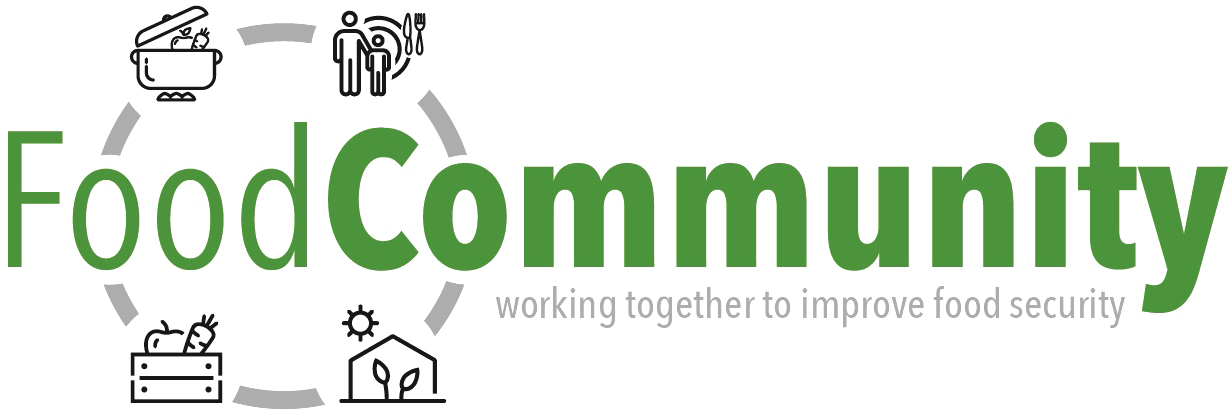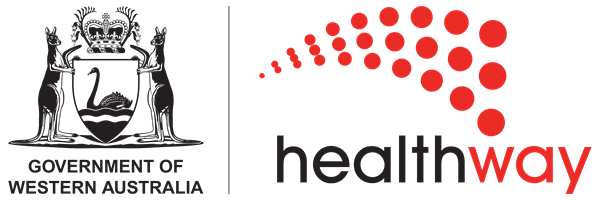‘Food Community’: creating a food network in WA
Food is one of those fantastic things that we all have in common. Some of us produce it, some people sell it, we cook with it, and we all eat it. Though, some areas in our state have a harder time than others to get healthy, affordable food to all community members on a regular basis. Having adequate physical, social and financial access to safe, affordable and nutritious food (“food security”)[1]is incredibly important for many health and social reasons. One way to understand how we can improve food security among communities is to understand which initiatives (such as projects or programs) exist that focus on food availability, access and use. Unfortunately, we do not have a good understanding of such initiatives in WA. We don’t have a comprehensive understanding of which initiatives are operating, what they focus on or whether the current initiatives are appropriate or effectively working as a system to improve food security.
Connecting government and community food stakeholders
That’s where the Food Community project comes in! We’ve been conducting an Australian-first project to understand initiatives working to improve healthy food availability, access and use, and all of the organisations working on these. The project has used a six-step process[2] to identify which government and community initiatives exist, help them move to a more effective way of addressing community-level food security.
See this document for more information about the comprehensive process used.
You can also view this webinar for a more in-depth look at how the Food Community pilot project (“South West Food Community”) was implemented.

1. Committee on World Food Security, editor Coming to terms with terminology: food security, nutrition security, food security and nutrition, food and nutrition security. Thirty-ninth session; 2012; Rome, Italy: Food and Agriculture Organisation.
2. Zivkovic S. Systemic Innovation Labs: A lab for wicked problems. Social Enterprise Journal. 2018;14(3):348-66

.png)


